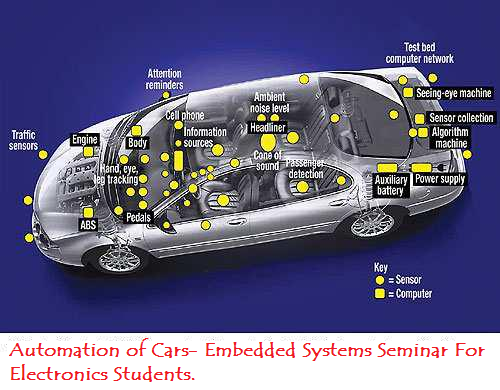Description: The research paper Extensible Style Sheet Language XSL Seminar Report talks about extensible style sheet language (XSL). It describes what it is. The research paper says that how style sheets help in describing specific data during presentations. These sheets help with language and pronunciation. In absence of style sheets additional components needed for presentations should be taken over by HTML tags and so on. Web style sheets have been in vogue lately but their creative prowess went unobserved. Web editors have started using Netscape’s proprietary pages to enhance their presentation skills instead of creating their own powerful pages. Style sheets help in more effective presentations at the same time safeguarding the webpage’s integrity.
Some important terminology:
- XML – Extensible MarkUp Language – Allows data or content to be marked up using tags invented by the author.
- CSS – Cascading Style Sheets – A technique, that’s used to add style to HTML.
- DSSSL – Document Style Semantics and Specification Language – An international standard for associating processing with SGML (Standard Generalized Markup Language) documents (in other words how a printer should process it!).
Conclusion: XSL (Extensible Style Language) is a styles sheet language designed for the Web community. It provides functionality far beyond CSS (e.g. element reordering). XSL is intended to be accessible to the markup level user by providing a declarative solution to most data description and rendering requirements. Less common tasks are accommodated through a graceful escape to a familiar scripting environment. This approach is familiar to the Web publishing community as it is modeled after the HTML/JavaScript environment. With XSL, the family of XML specifications now includes: XML — the subset of SGML that is the XML language. XLL –addressing and linking capabilities defined in the XPointer and XLink specs .XSL — a language to specify the association of presentation style with XML information
Download Extensible Style Sheet Language XSL Seminar Report.

